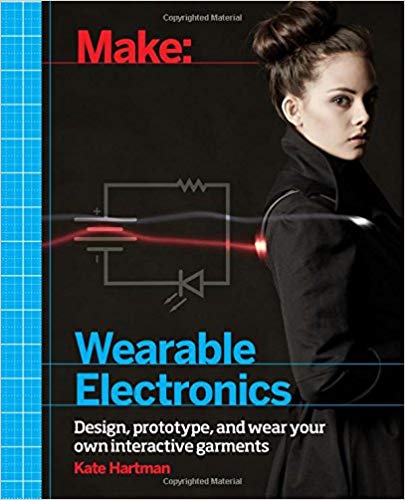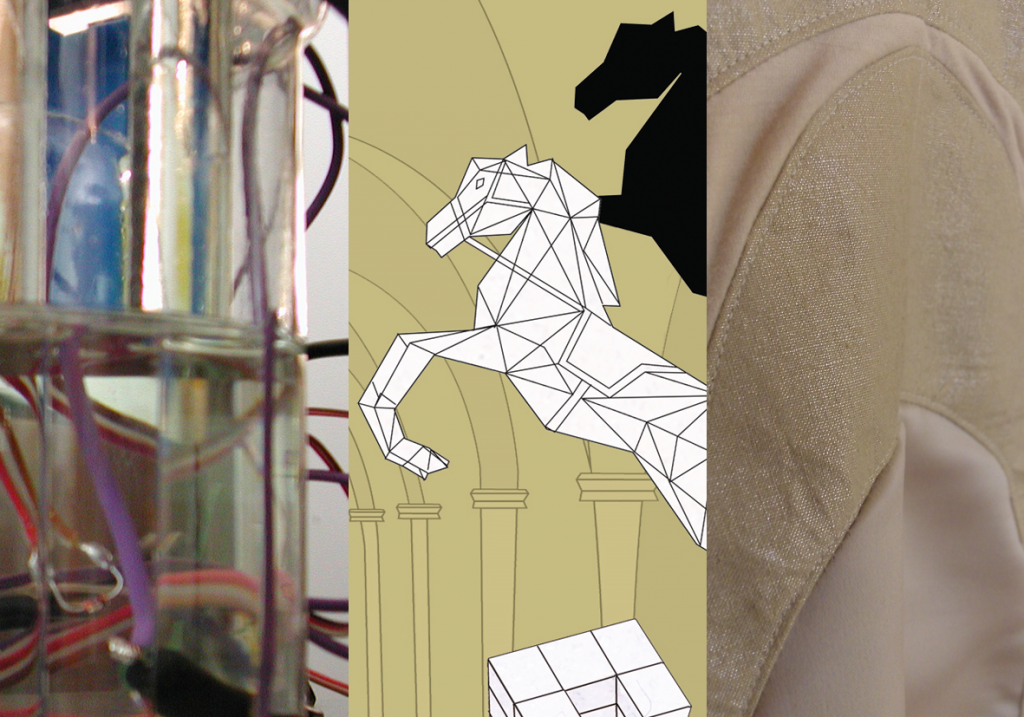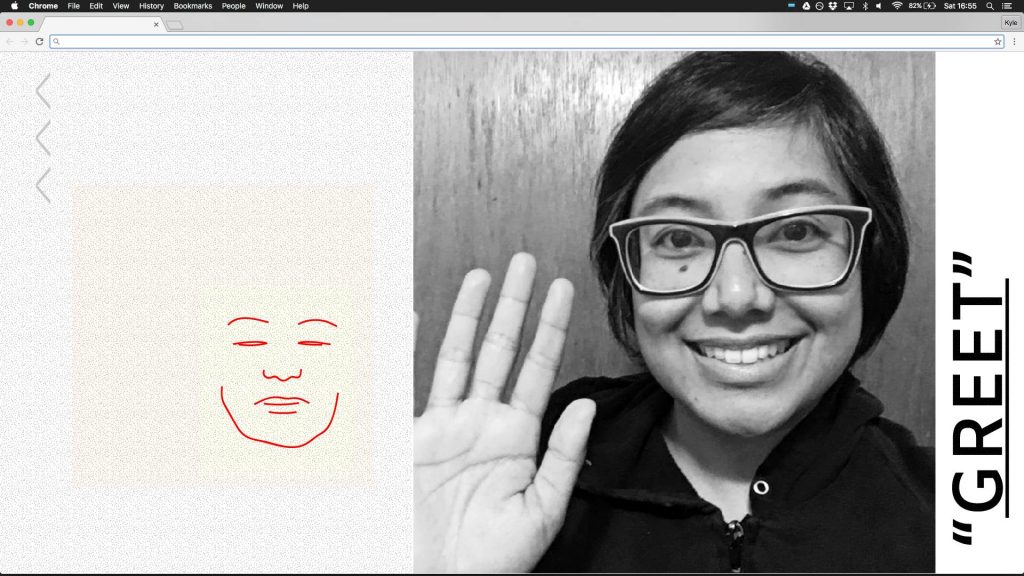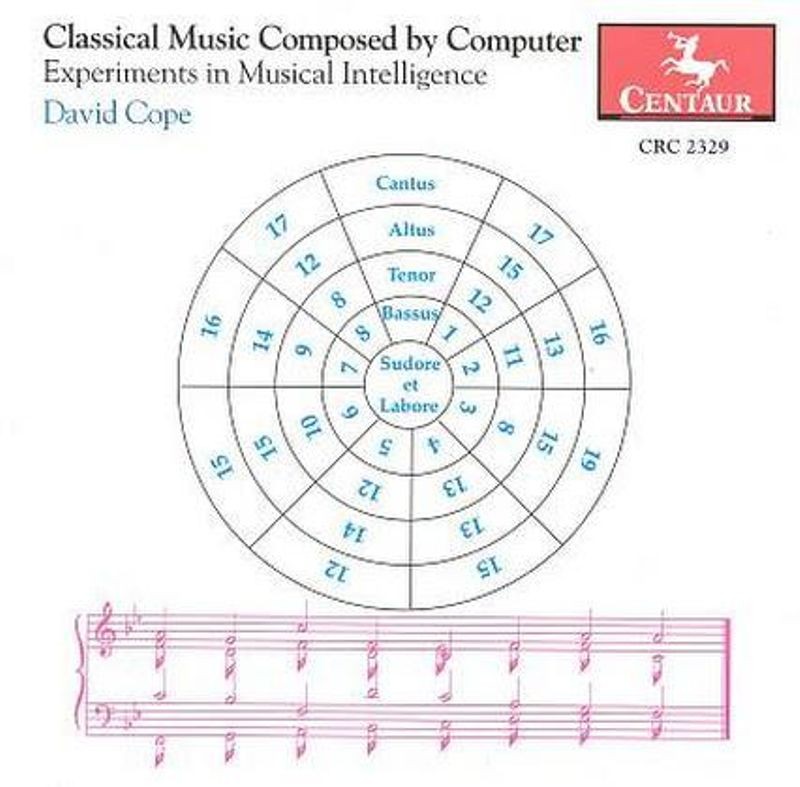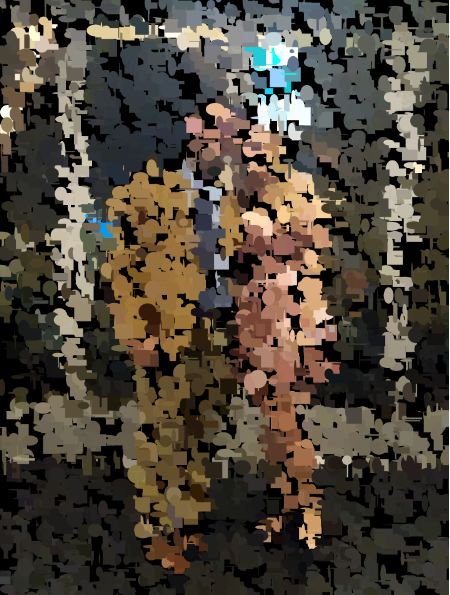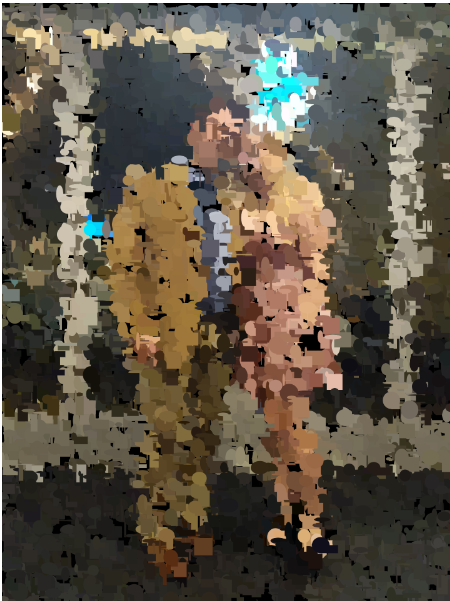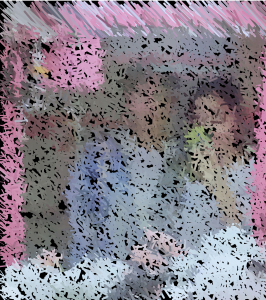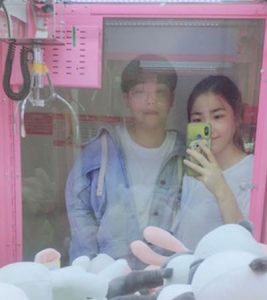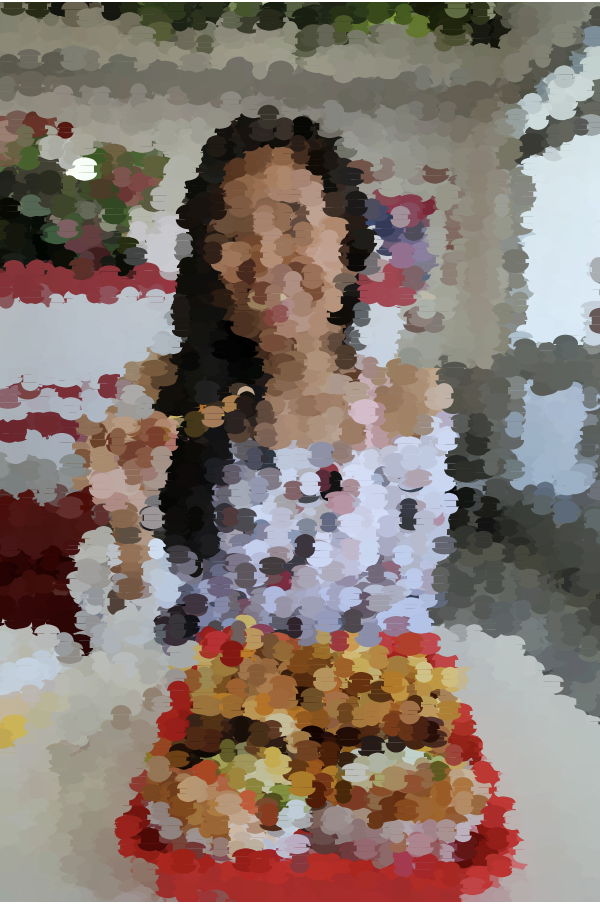sketch
var theImage;
function preload() {
//loading my image
var myImageURL = "https://i.imgur.com/3SFfZCZ.jpg";
theImage = loadImage(myImageURL);
}
function setup() {
createCanvas(480, 480);
background(250,250,250);
theImage.loadPixels();
// going through each pixel
for (x = 0; x < width+10; x = x+3) {
for (y = 0; y < height+10; y = y+2) {
var pixelColorXY = theImage.get(x, y);
if (brightness(pixelColorXY) >= 0 & brightness(pixelColorXY) <= 20) {
//light pink
stroke(255,230,230,70);
line(x, y, x-1,y-1);
} else if (brightness(pixelColorXY) >= 20 & brightness(pixelColorXY) <= 50) {
//orange
stroke(250,170,160);
line(x, y, x+3, y+3);
} else if (brightness(pixelColorXY) >= 50 & brightness(pixelColorXY) <= 55) {
//pink
stroke(230,130,160);
line(x, y, x+3, y+3);
} else if (brightness(pixelColorXY) >= 55 & brightness(pixelColorXY) <= 60) {
// light green
stroke(180,195,200);
line(x, y, x-1,y-1);
} else if (brightness(pixelColorXY) >= 65 & brightness(pixelColorXY) <= 70) {
//yellow orange
stroke(235,180, 100);
line(x, y, x-2, y-2);
} else if (brightness(pixelColorXY) >= 75 & brightness(pixelColorXY) <= 85) {
//blue
stroke(196,130,130);
line(x, y, x-1, y-1);
} else if (brightness(pixelColorXY) >= 85 & brightness(pixelColorXY) <= 95) {
//dark red
stroke(220,80,80);
line(x, y, x-1, y-1);
} else if (brightness(pixelColorXY) >= 95 & brightness(pixelColorXY) <= 110){
//pink
stroke(220,69,90);
line(x, y, x+2, y+2);
} else if(brightness(pixelColorXY) >= 110 & brightness(pixelColorXY) <= 130){
//medium blue
stroke(80,130,60);
line(x, y, x+1, y+1);
} else if (brightness(pixelColorXY) >= 130 & brightness(pixelColorXY) <= 160){
//light orange
stroke(220,170,130);
line(x, y, x+1, y+1);
} else if (brightness(pixelColorXY) >= 130 & brightness(pixelColorXY) <= 160){
//light orange
stroke(202,70, 100);
line(x, y, x+1, y+1);
} else if (brightness(pixelColorXY) >= 160 & brightness(pixelColorXY) <= 190){
//white
stroke(255,255, 255);
line(x, y, x+3, y+3);
} else if (brightness(pixelColorXY) >= 190 & brightness(pixelColorXY) <= 220){
//yellow
stroke(150,130, 90);
line(x, y, x+3, y+3);
} else if (brightness(pixelColorXY) >= 220 & brightness(pixelColorXY) <= 255){
//yellow
stroke(200,60,60);
line(x, y, x+3, y+3);
}
}
}
}
function draw() {
}
In this project, I was thinking about memories with my family and about my grandma. I took some photos this summer of her teaching the rest of my family how to make Lithuanian dumplings. In my psychology class it is interesting because we have been learning about how distortion happens to what we remember over time. This is why I chose to make my image a bit distorted, and not so clear. I also love gradient maps, and wanted to emulate this with this piece. Yellow, green and red are the colors of the Lithuanian flag as well.
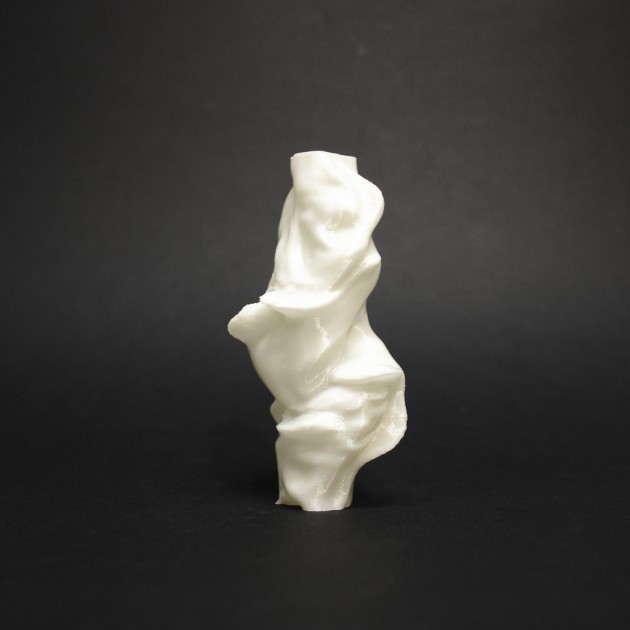
![[OLD FALL 2019] 15-104 • Introduction to Computing for Creative Practice](../../../../wp-content/uploads/2020/08/stop-banner.png)
